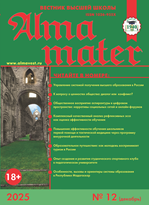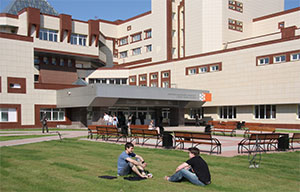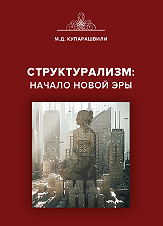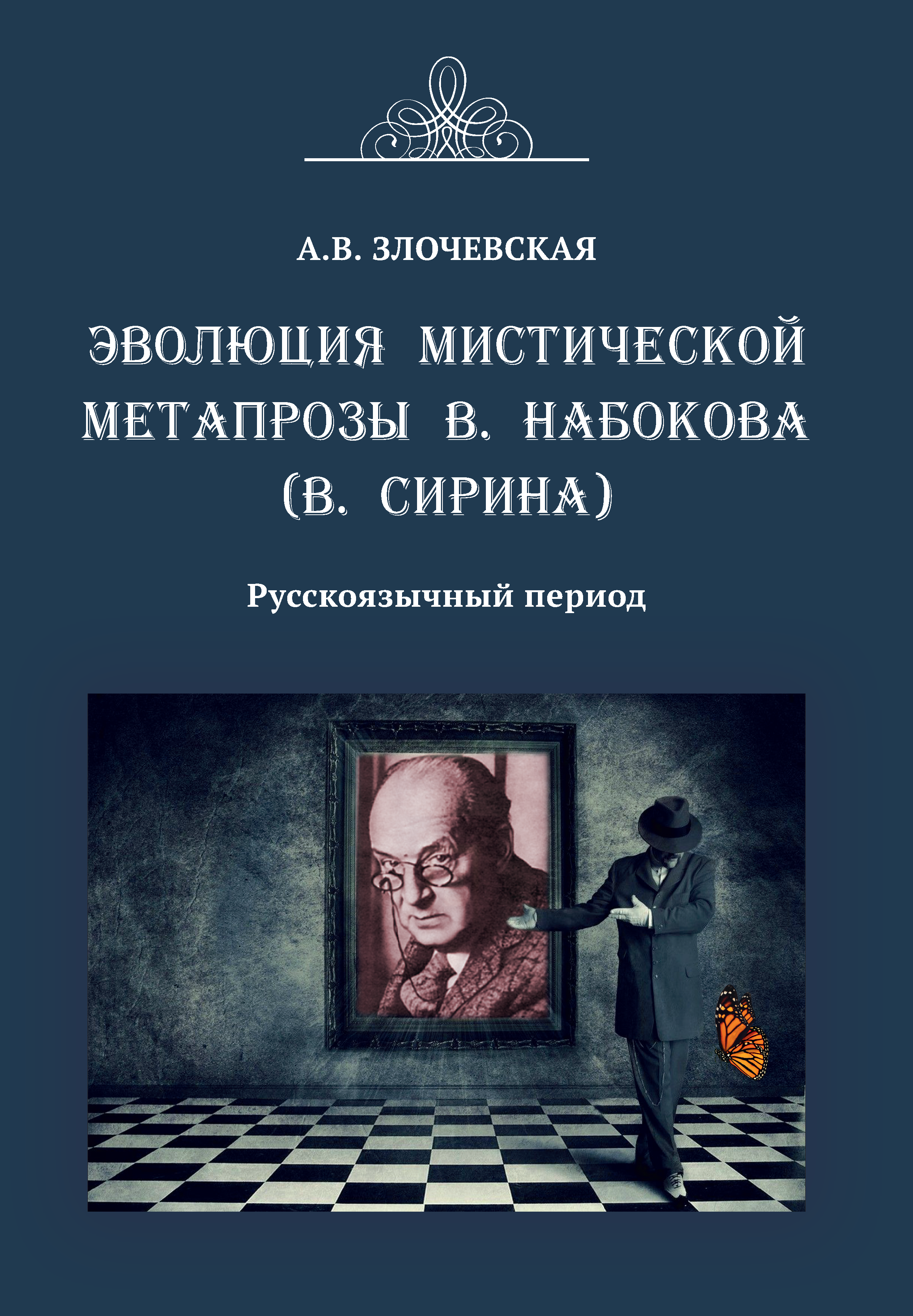UDC (167/168+005)::004
https://doi.org/10.20339/AM.06-20.067
A.V. Mayakova is Cand.Sci. (Philosophy), scientific researcher at South-West State University, Kursk city
Analyzed is the problem of the need to transform modern management systems under influence of total digitalization as important and acute social task of science and business. One of key areas of management today is risk management. The main purpose of the article is to determine specifics and main trends of risk management in the context of digitalization, as well as formation of generalized risk management model. Based on the results of this research, a set of main trends in “digital” risk management has been formulated, and generalized model of risk management under conditions of digital expansion has been formed.
Key words: risk management, risk, quality management, digitalization, digital expansion.
References
- Limonova, E.V. Digital companies: definitions and attributes. Economic security and quality. 2018. No. 1 (30). P. 37–40.
- Mayakova, A.V. Identification and forecasting of sociocultural risks of modern anthropo-techno sphere. Alma mater (Vestnik vysshei shkoly). 2019. No. 7. P. 56–59.
- Manakhova, I.V. Digital future and global economic security. Economic security and quality. 2018. No. 1 (30). P. 6–11.
- Scuotto, V., Del Giudice, M., Peruta, M.R., Della, T.S. The performance implications of leveraging internal innovation through social media networks: an empirical verification of the smart fashion industry. Technological Forecasting and Social Change. 2017. P. 184–194.
- Scuotto V., Santoro G., Bresciani, S., Del Giudice, M. Shifting intra and inter organizational innovation processes towards digital business: an empirical analysis of SMEs. Creativity and Innovation Management. 2017. No. 3 (26). P. 247–255.











.png)






